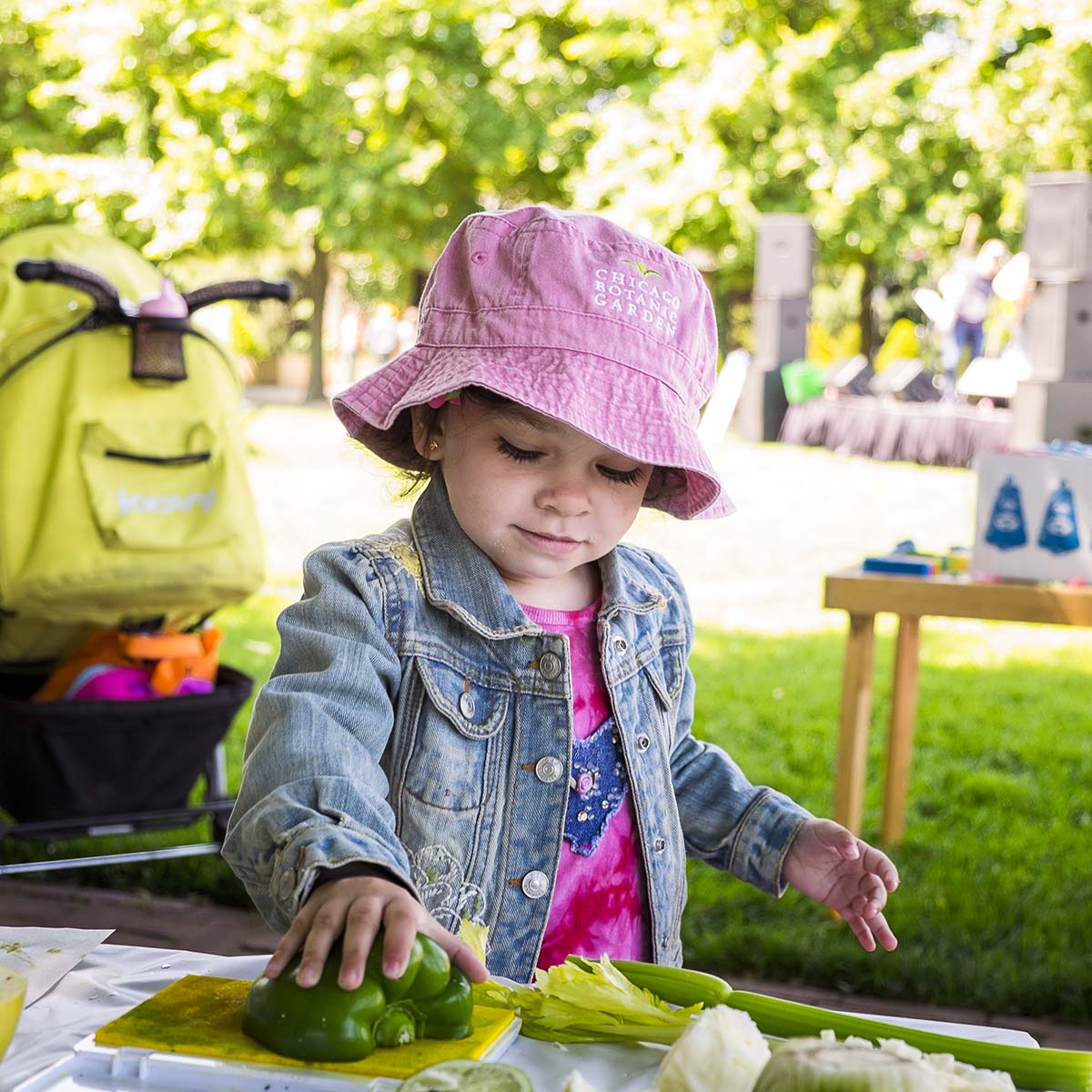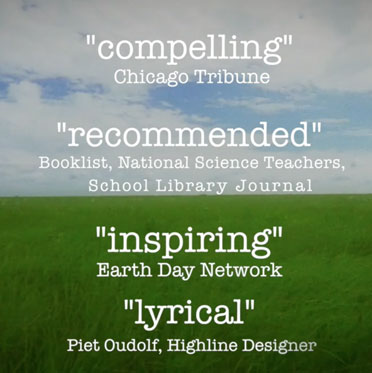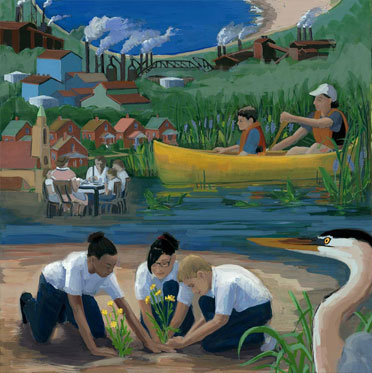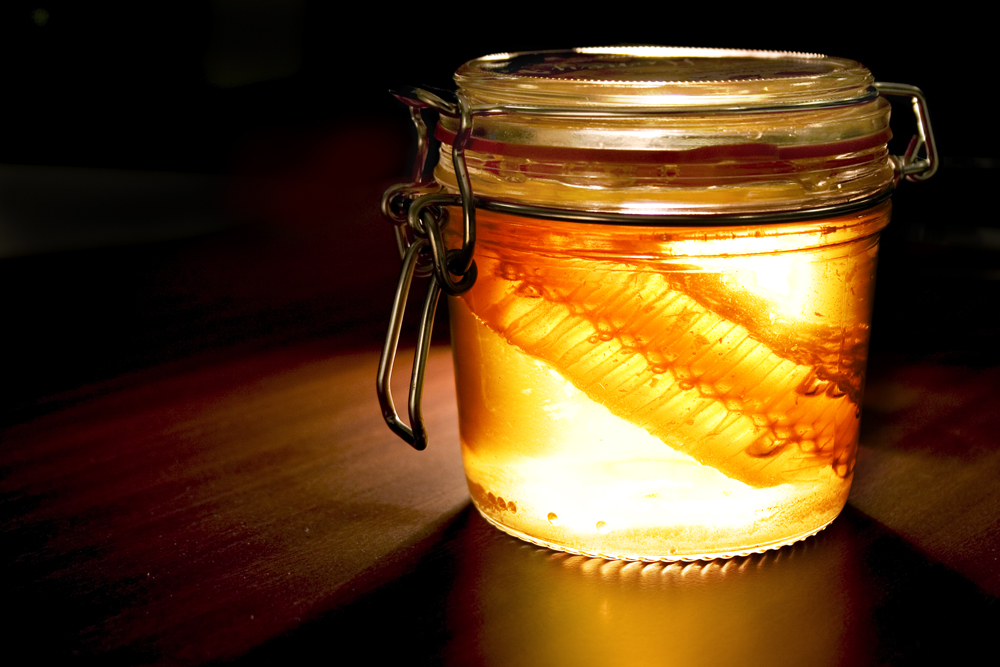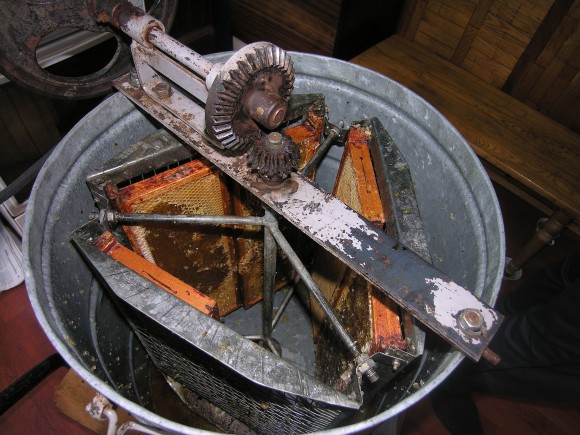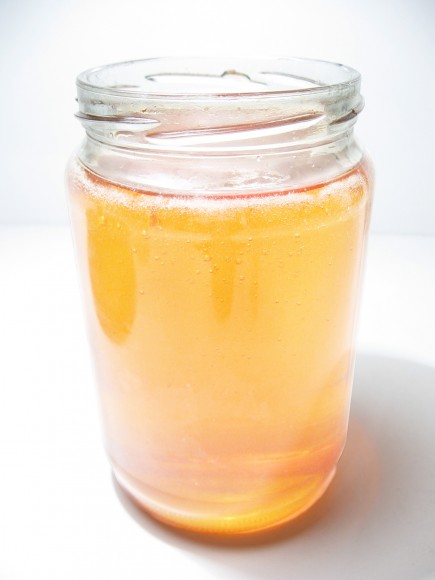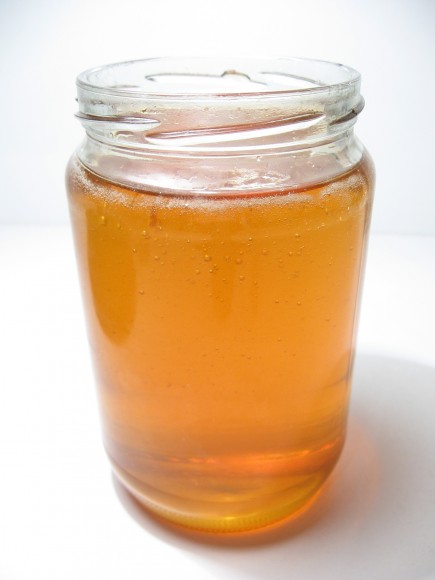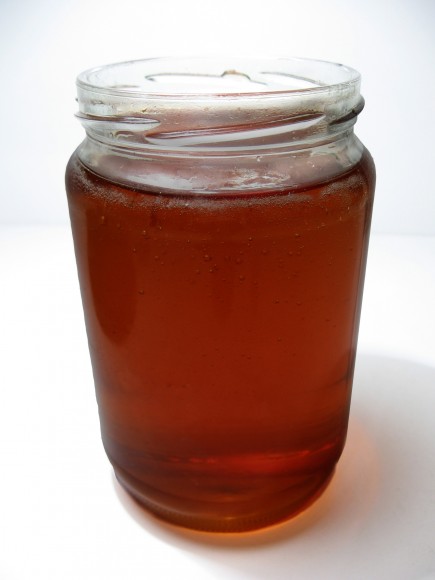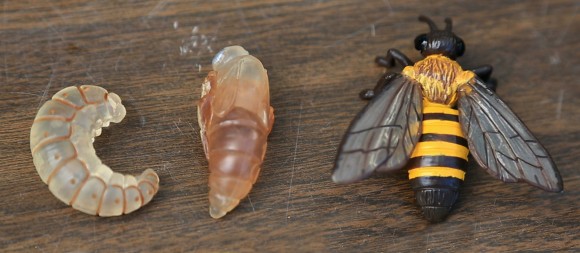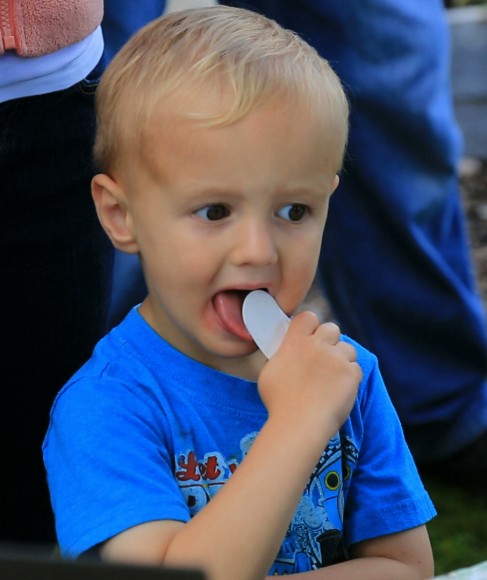We’re not afraid to geek out on all things eco-friendly (looking at you, backyard chickens and organic leafy greens), but World Environment Day gives us an excuse to devote a full day to greening the planet.
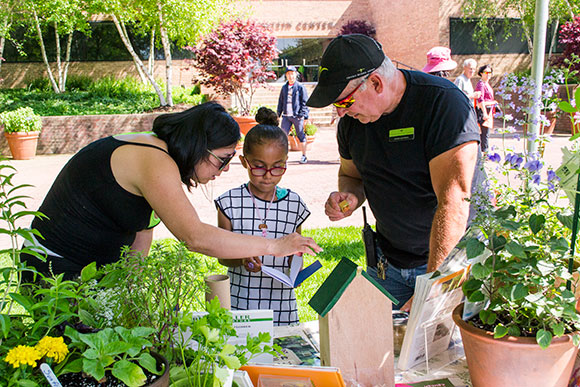
Join the global day of action—with people in more than 70 countries—in a daylong celebration of free events and activities (plenty for the kids) on Saturday, June 4, from 10 a.m. to 4 p.m., at the Chicago Botanic Garden (parking fees apply). World Environment Day is the United Nation’s principal vehicle for encouraging awareness and action for the environment.
Bonus points if you use the day to recycle, add a pollinator-friendly plant to your garden, or consider your ecological footprint by walking, biking, carpooling, or taking public transportation to the Garden (a trolley will be available from the Glencoe Metra station from 9:30 a.m. to 5:30 p.m.; fee applies). Post a picture of what you did for the planet: #CBGWED and #WED2016.
Here are ten free ways to dig the planet on World Environment Day at the Chicago Botanic Garden:

1. Ask Tom Skilling.
Bring questions for WGN-TV chief meteorologist and Garden board member Tom Skilling on climate change and more. Skilling will give his climate and weather update at 1:30 p.m in the Plant Science Center.
2. Go to the movies—on us.
3. Get the buzz on pollinators and bugs.
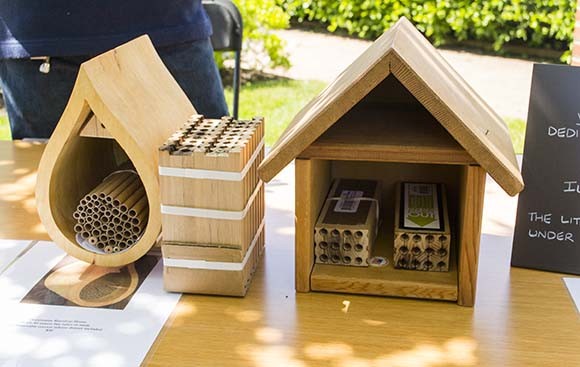
4. Score a planet-friendly freebie
Pick up a free butterfly weed plant to grow in your garden to help attract monarch butterflies.
5. Sing, dance, talk up a scientist.
Get your groove on with live music at the Family Entertainment Stage and enjoy Family Drop-in Activities—but don’t forget to leave time for the kids to talk to Garden scientists about plant conservation.
6. Get fresh with us.
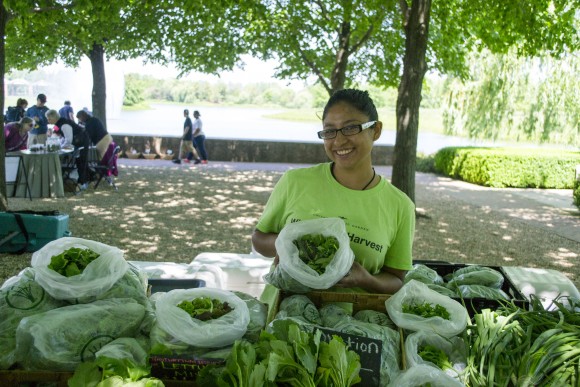
7. Be kind to the landfills.
Bring unused prescription medicines for a “medication take-back” sponsored by NorthShore University HealthSystem.
8. Don’t be chicken.
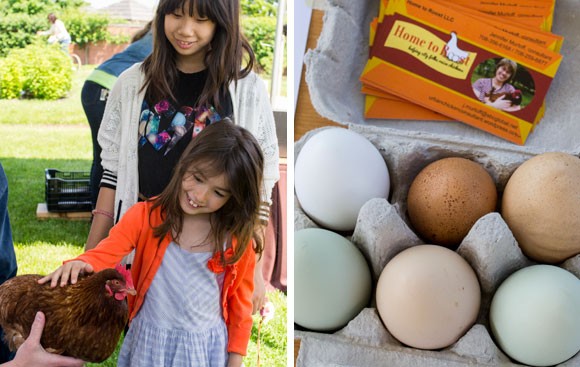
9. Reduce, reuse, recycle.
Recycle plastic plant pots, and bring vases for re-purposing by Random Acts of Flowers, which delivers flower arrangements to people with health challenges.
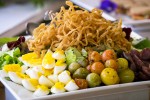
10. Think farmers’ markets
Chef Cleetus Friedman of Caffè Baci shows you how to cook with seasonal, organic, and locally grown produce from the Garden’s Windy City Harvest program.
©2016 Chicago Botanic Garden and my.chicagobotanic.org

